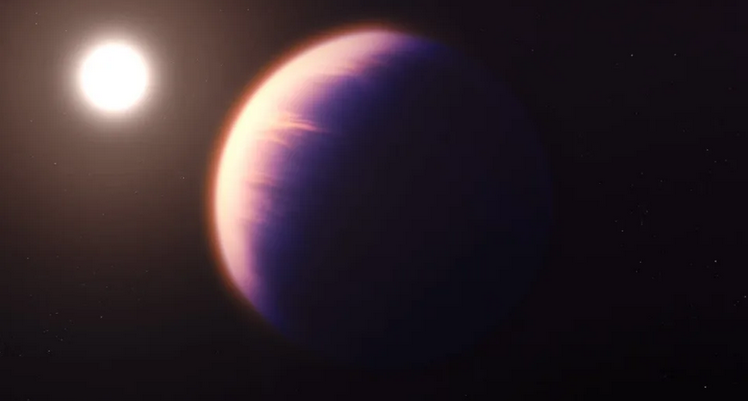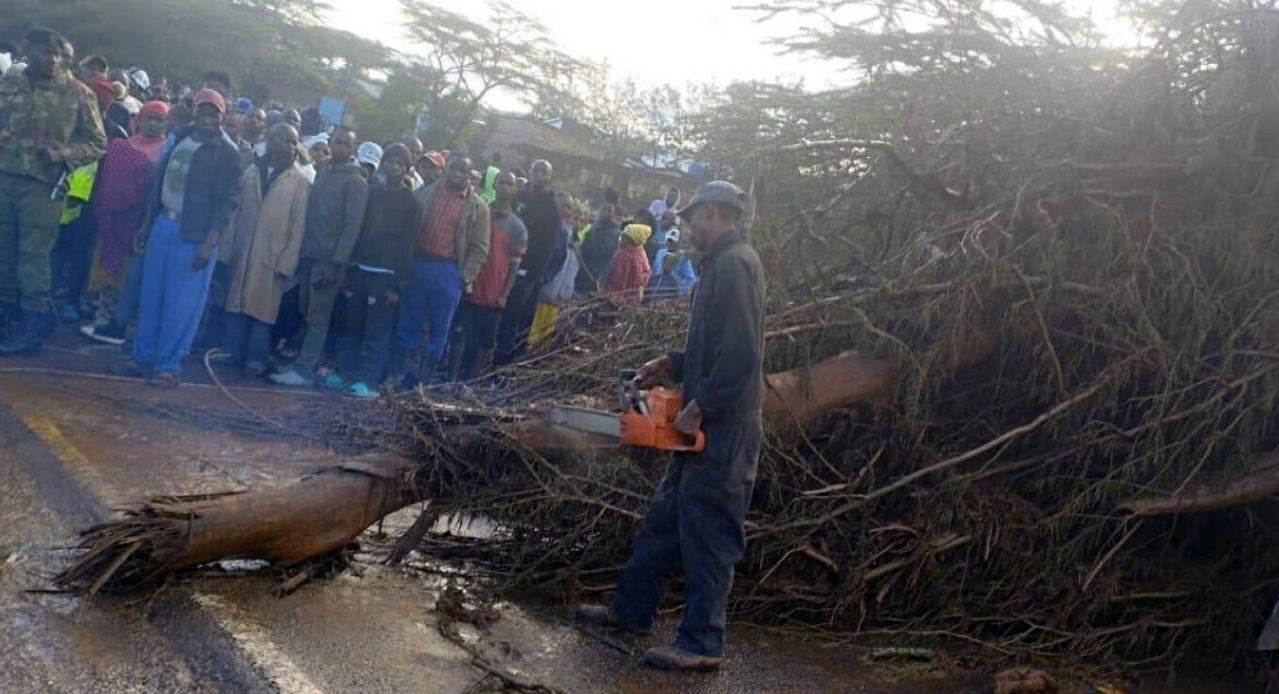Geologists have discovered a long-term cycle that may connect the formation of Earth’s continents to increased comet impacts and the planet’s journey through the galaxy. The team connected fluctuations in tiny grains in stable parts of the crust to the times our solar system passed through the galaxy’s spiral arms.
The Earth’s crust is mostly formed out of magma from the mantle cooling and crystalizing into solid rock. Geologists can trace back the timeline of crust formation by studying the age of different grains based on the decay of trapped radioactive isotopes, as well as their composition.
The Greek Orthodox Church takes clear stance against abortion in circular to be read in parishes
For the new study, led by Curtin University, the team investigated the age and compositions of mineral grains in two cratons – very old chunks of crust with roots that extend hundreds of miles into the Earth, making them extremely stable against seismic forces – the Pilbara Craton in Australia and the North Atlantic Craton in Greenland. Both of these regions have been dated to between 2.8 and 3.8 billion years old.
Read more: New Atlas






































